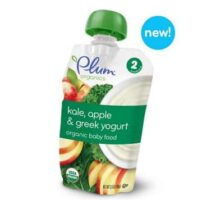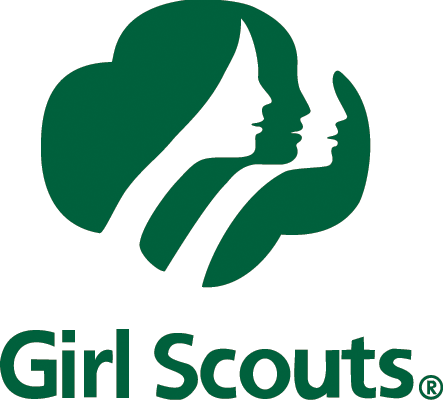Plum Organics’ Threatened With Lawsuit That Drives Home The Importance Of Always Reading Nutrition Labels


But the front of a package doesn’t always tell the whole story. It’s important to flip the package over and check out the list of ingredients, because sometimes packaging can be misleading. And right now premium baby brand Plum Organics is being threatened with a lawsuit by a consumer watchdog group for allegedly misleading consumers with deceptive packaging that makes their baby food seem much more healthful than it really is.
According to the Center for Science in the Public Interest, a consumer watchdog group, Plum Organics is allegedly passing off sugary foods as premium, healthful, vegetable-heavy food. Plum Organics specializes in fancy-sounding premium baby foods with ingredients like kale, quinoa, Greek yogurt, tarragon, and more. But CSPI maintains that the food is actually mostly sugary, inexpensive ingredients like apple juice and banana puree, and the fancy ingredients listed on the front of the package are only present in small amounts.
“Consumers might assume kale is the first ingredient in Plum’s Kale, Apple & Greek Yogurt, according to CSPI. Yet kale puree is actually the fourth ingredient behind apple puree, water, and pasteurized yogurt (that is, yogurt with no healthful live bacteria),” CSPSI said in a statement.
”Plum is cynically exploiting parents’ desire to get the best for their babies,” said CSPI litigation director Maia Kats. ”In most cases, these baby food pouches are filled with cheap, watered down apple puree””and only have token amounts of the specified kale or blueberry or quinoa.”
The Plum Organics quinoa, leek, and chicken, similarly has water as the first ingredient and pureed carrots, sweet potato, corn, and peas next. Chicken is the fifth ingredient, and quinoa is the sixth.
”Plum and Gerber are cheating parents financially, and robbing kids nutritionally, with these elaborate bait-and-switch schemes,” CSPI executive director Michael F. Jacobson said. ”If they were actually proud of the major ingredients in their products, wouldn’t they name them on the front of their packages?”
The CSPI has threatened Plum Organics with a lawsuit for deceptive advertising if they don’t ”resolve their illegal and deceptive advertising” by representing the correct ”presence and proportions” of ingredients in the pouches.
Labeling can be confusing, but this just drives home that it is essential to actually read nutrition information on packages. I remember my sister was once on a green juice kick, because everyone was once on a green juice kick. But she thought she was drinking low-calorie spinach smoothies, and the label clearly said the primary ingredient was apple juice and she was unwittingly drinking probably 600 calories a day of fruit juice. Don’t do that. The real information is right on the back of the package.
Plum Organics’ labels might be confusing, but all one has to do is flip the package over and read the ingredients list to know what is in the food. A company spokesperson told Fox Boston that the company had absolute faith in the accuracy of its nutritional information and package labels, and that water was often a primary ingredient because it is necessary to hydrate the food and make it the right consistency for babies.





